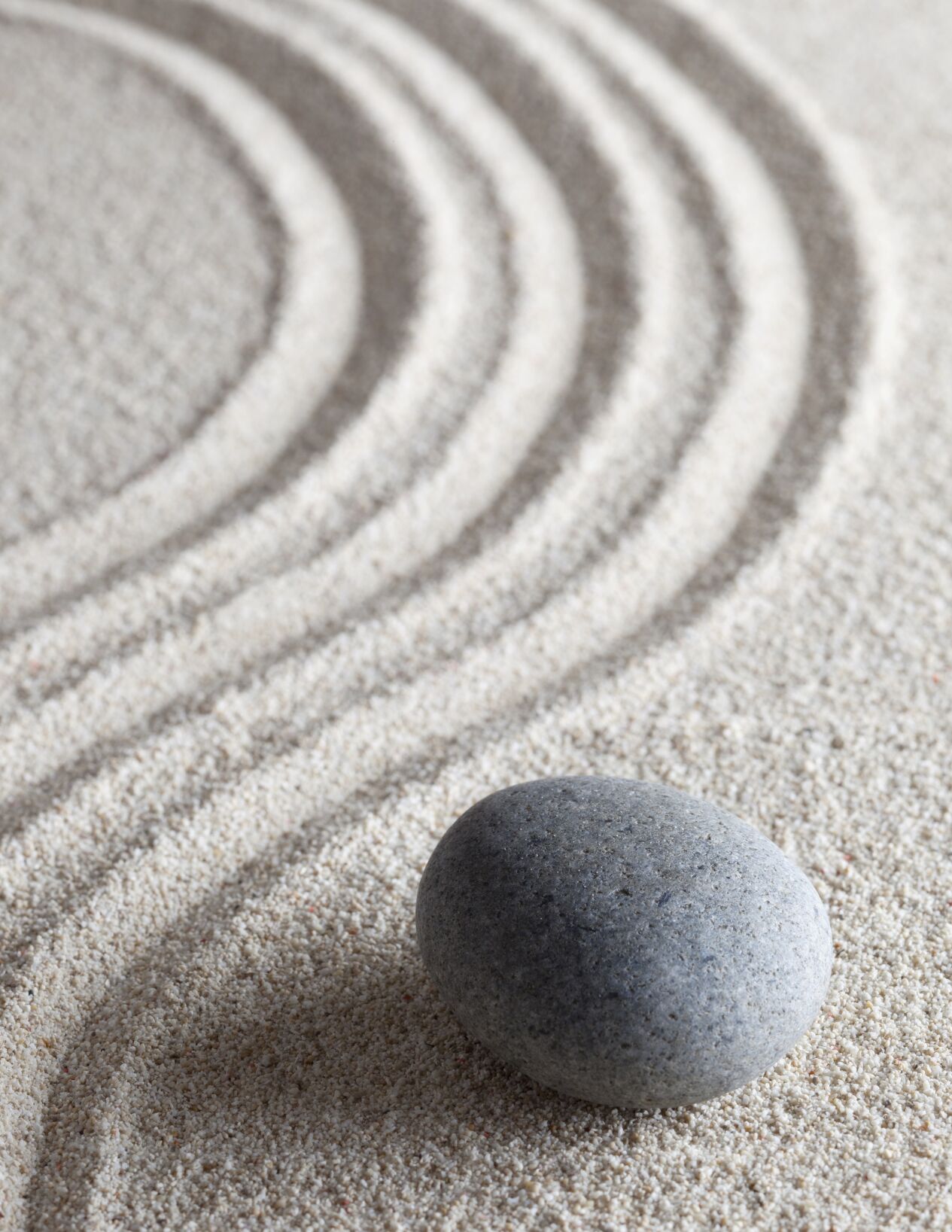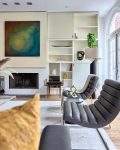Homeowners are looking for ways to make their homes feel less like a last bastion from the world’s troubles and more like a paradise of rest and relaxation.
Here are some of the top ways expert interior designers are decorating homes to reduce anxiety:
Biophilic design
Biophilic design is the practice of incorporating nature into interior design, and designers are making the most of it this year.
According to House Beautiful, simply using house plants can decrease stress levels — making this style of design perfect for a generation of homeowners looking for a way to bring the outside in.
Natural colors and textures
While house plants are a great way to bring a calming mood to the living space, natural colors and textures can reinforce the effect in a powerful way.
“Softer neutrals with hints of color bring calm into an environment,” Suzanne Tick, creative director at Luum Textiles, told Forbes. “Woods, stone, natural fibers enliven the senses. Tactility plays an important role as well — we all want softness — but a feeling of safety and cleanability, not sterility, is also important. Natural fibers like wool offer softness, while using renewable resources that can be sanitized as needed.”
Better lighting
Once your living space is accented with plant life and filled with natural textures and colors, your home will need some proper lighting to illuminate it all. But not just any lighting will do.
Take advantage of natural light during the day and bulbs that generate gentle, warm lights during the night.
“Having a bright, lighted room is an easy way to make a space feel more inviting and put together,” co-founder and principal designer of BANDD DESIGN, Sara Barney, told Better Homes & Gardens. “Consider adding in some sconces, a floor lamp, desk lamp, or pendants to bring more light to those darker spaces in your home.”
Hunter Boyce writes for the Atlanta Journal-Constitution.













